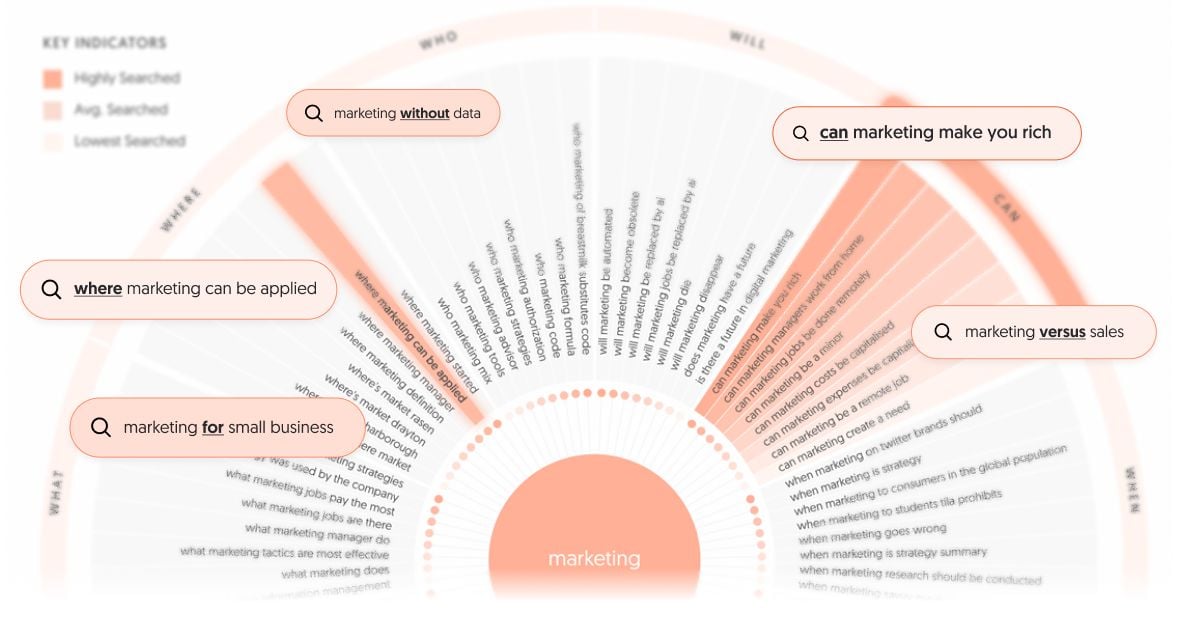Leveraging Voice Search Optimization: Strategies for Small Businesses
Meta Description: Discover actionable strategies to optimize your small business for voice search. Enhance visibility, drive traffic, and stay competitive in the evolving digital landscape.
In today’s digital age, voice search is transforming how consumers find information and interact with businesses. According to a February 2023 report from PwC, 71% of people reported using voice search at least once a week, reflecting the growing dependence on voice recognition technology. Among small businesses, adapting to this trend is vital for enhancing visibility and staying competitive. In this article, we’ll explore effective strategies specifically tailored for small businesses looking to leverage voice search optimization.
I am Viktor Petrov, an SEO specialist with over five years of experience helping small businesses enhance their online presence and drive organic traffic. With the rapid growth of voice search technologies like Siri, Google Assistant, and Alexa, small businesses must implement strategic SEO practices to thrive in an increasingly voice-driven market.
Why Voice Search Optimization is Essential for Small Businesses
The Rise of Voice Search
The proliferation of voice-activated devices is changing consumer behavior. Statista projects that 8 billion voice assistants will be in use by the end of 2023, making it critical for small businesses to align their marketing strategies accordingly. Most voice search queries exhibit a unique pattern that differs significantly from text-based searches.
Understanding User Behavior
Voice search queries are often shorter and more conversational, frequently structured as questions. This aligns with the data showing that 62% of voice searches are conducted to find local businesses. For instance, consumers may search with phrases such as “best restaurant near me” or “how do I fix my laptop.” Therefore, it is imperative for small businesses to tailor their content to address these common inquiries.
Strategies for Voice Search Optimization
1. Optimize for Local SEO
For many small businesses, capturing local traffic is a substantial advantage. Here are some practical steps to implement local SEO effectively:
- Google My Business Claim: Claiming and actively managing your Google My Business listing is essential. Make sure your profile has accurate NAP (Name, Address, Phone) details, hours of operation, and categories that resonate with your services.

Local Keywords: Focus on local keywords that incorporate your geographical area, aiming for conversational phrasing as seen in voice queries. An example could be “family-friendly restaurant in San Diego.”
Case Study Example: Consider the impact of local voice search optimization on a small coffee shop that saw a 45% increase in foot traffic after optimizing their online presence for local searches.
2. Employ Structured Data (Schema Markup)
Implementing structured data, or schema markup, helps search engines understand your content better. Here's how you can implement it:
LocalBusiness Schema: Use this schema to provide details about your business. This improves your chances of appearing as a rich snippet in voice search results.
Product Schema: E-commerce businesses should optimize product pages with relevant schema, enhancing visibility for voice queries related to their offerings.
3. Focus on FAQ Sections and Content Creation
Creating content that directly answers common customer questions is invaluable in voice search optimization:
FAQ Pages: Developing a dedicated FAQ section on your website can target these conversational queries effectively. For instance, a local plumber might include questions like “How can I unclog my sink?” or “What are the average plumbing service costs?”
Natural Language: Write in a conversational tone that mimics how customers would communicate. Incorporate phrases such as “how do I” and “where can I find” into relevant content.
4. Improve Mobile Usability
With 53% of mobile users abandoning sites that take longer than three seconds to load, optimizing your website for mobile performance is crucial. Here are some steps to enhance usability:
Responsive Design: Ensure your website is mobile-friendly; this includes fast load times, optimized images, and proper formatting to make it easy for users to navigate.
User Experience (UX): Clean layouts and intuitive navigation improve the overall experience, facilitating a quicker find for voice-activated searches.
5. Target Featured Snippets
Featured snippets are short excerpts of information that appear at the top of Google's search results. Notably, 30% of voice search responses are pulled from featured snippets.
- Content Approach: To increase your chances of being featured, focus on providing concise answers to common questions within your content and format your responses using bullet points or numbered lists.
6. Leverage Keyword Research Tools
Utilize tools to identify popular voice search queries in your industry. Two commendable tools include:
- Answer the Public: This tool helps visualize questions and phrases that people commonly search.

- SEMrush: You can analyze keyword volumes to identify voice search-friendly opportunities.

Industry Insights and Best Practices
Learning from Leaders
Successful brands illustrate the impact of voice search optimization. Domino’s Pizza, for example, allows users to place orders through voice commands, which not only enhances user experience but positions them as innovators in the industry.
Social Proof Matters
Incorporating testimonials from small businesses that have successfully optimized for voice search can serve as social proof, boosting credibility. Real-life examples create relatable content that encourages small businesses to realize the benefits.
Continuously Educate Yourself
To stay ahead in voice search optimization, engage with educational resources:
- Webinars and Guides: Seek reputable webinars or articles that offer deeper insights into voice search optimization strategies.
Conclusion
As technology evolves, so do consumer behaviors. By prioritizing voice search optimization, small businesses can improve visibility, drive organic traffic, and create a more engaging user experience. Understanding how to implement these strategies is not just a competitive edge; it's essential for survival in the modern digital landscape.
In a world increasingly reliant on voice searches, small businesses have the opportunity to seize control. Start implementing these strategies today to unlock potential customers searching for services like yours. And for ongoing insights on optimizing your business presence, consider subscribing to our updates and exploring our other content on evolving digital trends.
